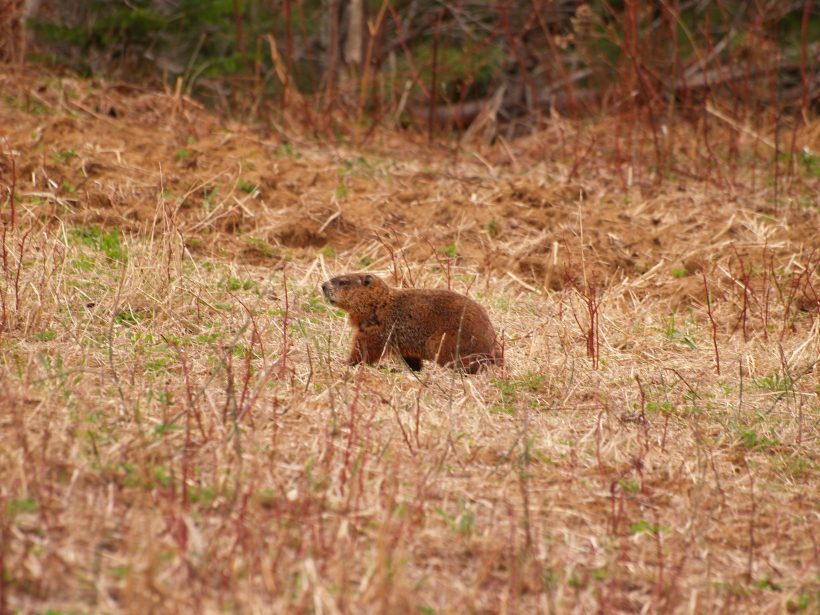SIGNS OF SPRING
Two out of three isn’t bad. Perhaps it’s a Canadian versus American phenomenon. On February 2, 2021, at 8 a.m., Nova Scotia’s Shubenacadie Sam called for an early Spring. Sam, by the way, is short for Samantha. She made her prediction an hour before Wiarton Willie, an albino, and Pennsylvania’s Punxsutawney Phil. Both Canadian woodchucks or ‘whistle-pigs’ failed to see their shadows meaning… we can expect an early spring. The American ‘whistle-blower’ saw his shadow and has therefore predicted six more weeks of winter. Usually the star of a public gathering that celebrates Ground Hog Day, this year all ground hog performances went video, virtual and perhaps viral, thanks to COVID-19. What a difference a year can make!
As for Wiarton Willie’s track record for accuracy during the past decade, with the exception of two that were tied, the remaining eight years were evenly divided. University of Waterloo students Emily Swerdfager and Shalini Kathirgamanathan have studied W.W.’s predictions for the last 22 years. “As a whole, on average, what we found is that Wiarton Willie is only 32 per cent accurate with his predictions, which is less than randomly guessing.” Of course, one might note that during that time span there have been more than just one Willie and that could be a factor. Not to mention the weather.
Wiarton Willie first began these prognostication predictions 65 years ago in 1956.
However, European settlers brought their own tradition with them to North America in the 1800s and used other hibernating animals to predict the arrival of spring. For example The Cascade Record, a British Columbia newspaper, published “Yesterday Was Bear or Groundhog Day” on February 3, 1900.
History Professor Alan MacEachern at Western University said that “February 2 is halfway between the first day of winter and the last day of winter, or the first day of spring. A few hundred years ago you’d want to make sure, in the middle of winter, that you had enough food laid by to last the rest of the year.”
I can recall Lorne Davy, whose family pioneered Bancroft, telling me that one spring they ate nothing but turnips until they could grow new crops.
MacEachern said that the early settlers would study the hibernating patterns of bears or foxes. If they came out seeking food it was a sign that spring would be early. But by the Depression 1930s the bear had fallen from this tradition. However, in 2019 a zoo in Milwaukee lost its groundhog and for that year their bear filled in. No mention of its accuracy.
In case you missed it.
